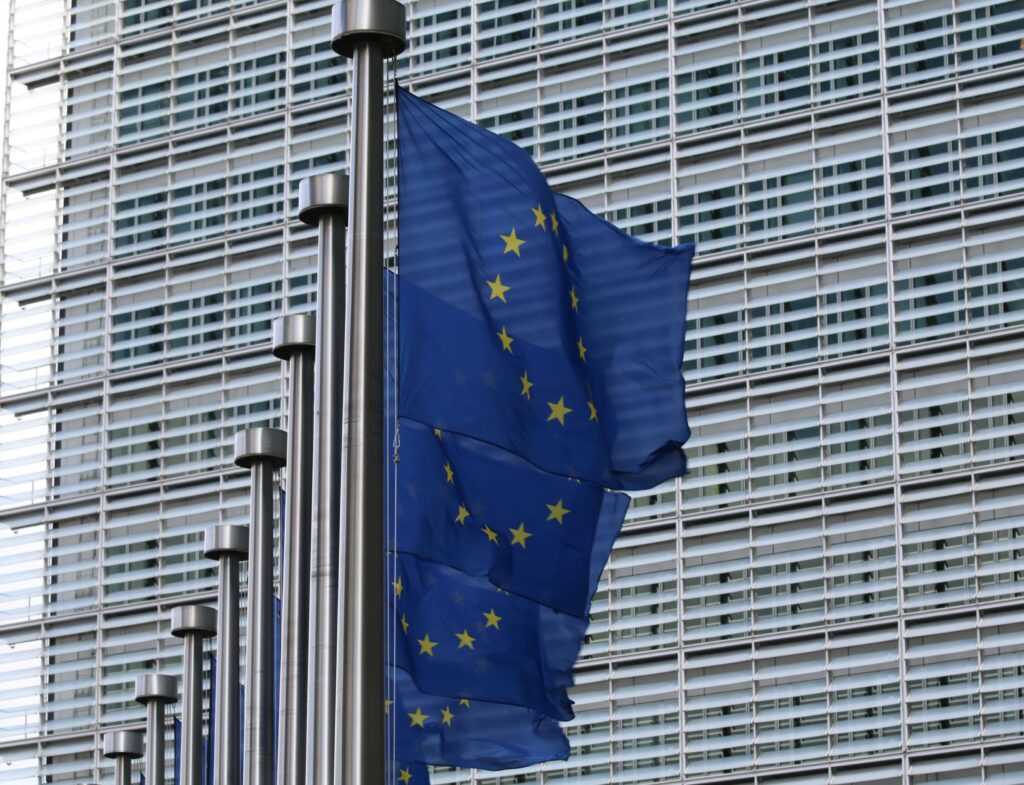Scope 3 emissions have become an essential component in companies’ sustainability frameworks. These indirect emissions – spanning from raw material sourcing to end-product use – account for a significant part of a company’s carbon footprint. According to the “Scope 3 Upstream Report” from CDP and BCG, over 90% of a company’s emissions may stem from this area, underscoring the urgent need to tackle them comprehensively.
The report explores the challenges and opportunities for companies aiming to manage and reduce their Scope 3 emissions, emphasising that collaboration across the entire value chain is vital to meet ambitious climate goals.
Key Points
CDP’s report, in collaboration with BCG, brings several critical points to light regarding Scope 3 emissions. Here’s a summary of the most pertinent:
- Scope and Scale
The report highlights that for many companies, Scope 3 emissions far exceed those from Scope 1 (direct emissions from the company’s own activities) and Scope 2 (indirect emissions from energy use). In sectors such as consumer products and manufacturing, Scope 3 emissions can make up as much as 90% of a company’s total carbon footprint.
This fact points to the complexity of managing these emissions, as they stem from indirect sources involving suppliers, distributors, and even end-consumers. For many, Scope 3 is the most challenging to quantify and control.
- Supply Chain Collaboration
For companies to manage Scope 3 emissions effectively, the report stresses the need for close collaboration with suppliers. Transparency and traceability are essential to understanding climate impacts across the value chain. However, this poses a considerable challenge, as suppliers often lack the resources and knowledge to measure and reduce their emissions.
The report reveals that half of all suppliers don’t have clear carbon-reduction targets, putting at risk the climate goals of companies that rely on them. It calls for action, suggesting that companies should prioritise educating and engaging suppliers to ensure real emissions reductions.
- Challenges in Data Collection and Emission Measurement
One of the biggest obstacles companies face is gathering accurate data on Scope 3 emissions. According to the report, over 60% of companies struggle to obtain reliable information from their supply chain, limiting their capacity to set realistic emission-reduction targets.
This issue is especially pronounced in industries with complex, global supply chains, where data is often fragmented and inconsistent. Without proper measurement, companies can’t effectively manage their emissions or demonstrate progress.
- Opportunities for Innovation and Efficiency
Despite these challenges, the report highlights significant opportunities for innovation. Companies that manage to reduce Scope 3 emissions can gain a competitive edge through energy efficiency and sustainable product innovation. Moreover, those that involve their suppliers in climate action can enhance resilience to regulatory changes and growing consumer expectations.
Leading firms show that working closely with suppliers to create innovative solutions not only helps cut emissions but also yields long-term savings.
Recommended Actions
From the report’s findings, CDP suggests several key actions for companies to manage Scope 3 emissions effectively:
- Assess the entire value chain
The first step is a thorough assessment of the value chain, identifying and prioritising high-emission areas and working directly with suppliers to develop action plans. This collaborative approach ensures that business partners are aligned with sustainability goals.
- Set Science-Based Targets
Science-based targets are essential for companies to align with the Paris Agreement. CDP advises companies to set clear, measurable Scope 3 reduction targets grounded in scientific data, such as those from the SBTi initiative. This helps companies follow a sustainable path and allows greater transparency with stakeholders.
- Improve Data Traceability and Transparency
Managing Scope 3 emissions effectively requires investment in technology that improves data traceability and transparency across the supply chain. Data tracking and analysis tools can help companies gather the information needed to measure and manage emissions more efficiently.
For example, digital platforms can track supplier emissions in real-time, enabling data-driven decision-making. It’s also crucial to improve data quality and set clear reporting mechanisms.
- Encourage Cross-Sector Collaboration
Reducing Scope 3 emissions isn’t something that can be achieved in isolation. Companies need to promote collaboration across sectors and value chains. CDP underscores the importance of partnerships and shared platforms where companies can address common challenges together.
Establishing global sustainability standards and participating in international initiatives can ease the transition to a low-carbon economy.
- Train Suppliers
For companies to effectively reduce Scope 3 emissions, it’s crucial to train their suppliers. This involves sharing knowledge about sustainable practices and providing tools and resources to improve environmental performance.
Proactive engagement with suppliers may include training programmes, incentives for renewable energy use, or encouraging circular economy practices.
The report by CDP and BCG makes it clear that Scope 3 emissions represent a global challenge but also a chance for companies to lead the way toward a more sustainable economy. By taking decisive action to manage indirect emissions, companies can not only contribute to climate action but also better meet the expectations of consumers, investors, and regulators.
In this context, Sygris offers technological solutions like Sygris Carbon Footprint, enabling companies to track and manage Scope 3 emissions effectively. This platform supports data collection, sustainable strategy implementation, performance measurement, and regular goal-tracking.





